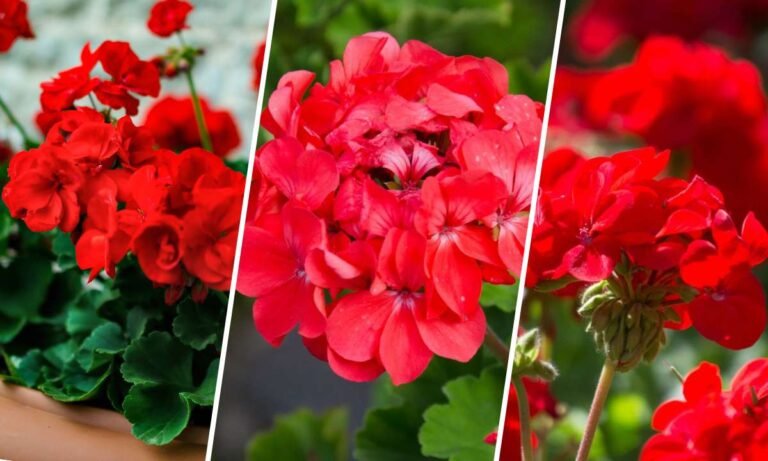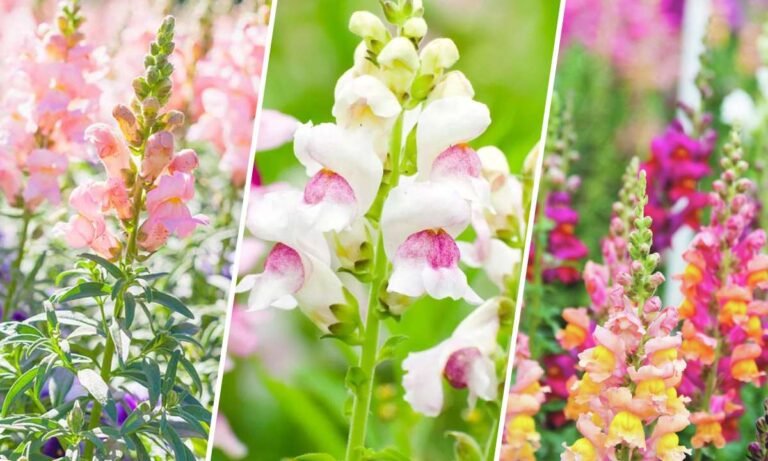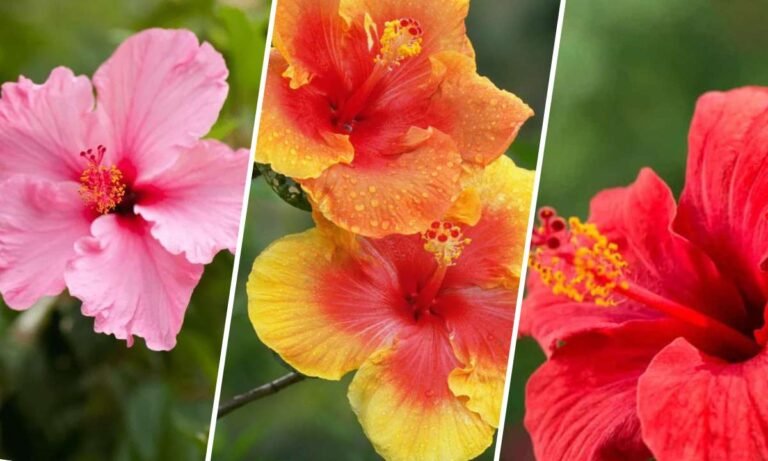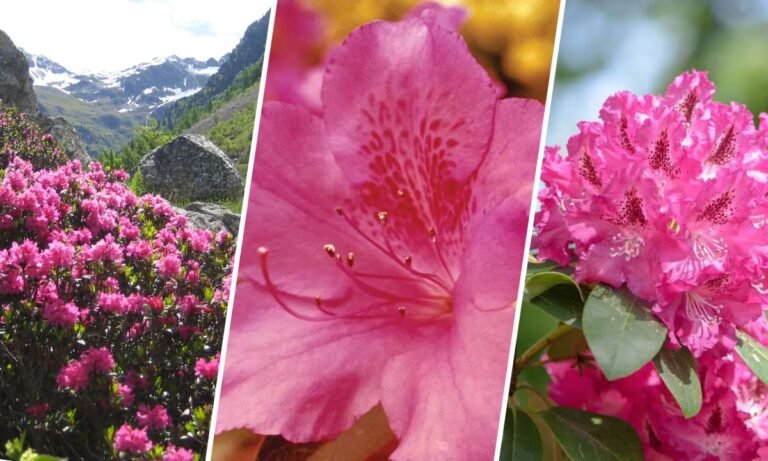The white anemone flower, often called the windflower, holds a special place in the world of plants. Its delicate petals and striking look make it a favorite for gardeners and flower lovers. But beyond its beauty, the white anemone flower carries deep symbolism and meaning. Let’s explore its historical background, cultural significance, and symbolic meanings.
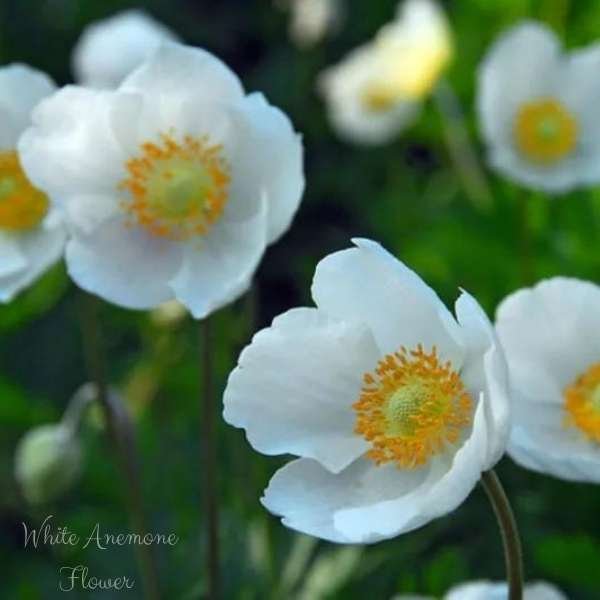
Historical Context of the White Anemone Flower
Origins and Botany
The white anemone flower belongs to the genus Anemone in the Ranunculaceae family. The name “Anemone” comes from the Greek word “anemos,” meaning wind, reflecting the flower’s delicate nature as its petals are easily blown away by a breeze. Native to temperate regions, anemones are found in Europe, North America, and Japan.
Mythological Background
In Greek mythology, the anemone is linked to the story of Adonis and Aphrodite. Adonis was mortally wounded by a wild boar during a hunt, and Aphrodite, the goddess of love, wept over his body. Where her tears fell, anemones grew. Thus, the flower is often associated with themes of love, loss, and mourning.
Cultural Significance of the White Anemone Flower
Symbolism in Different Cultures
Western Cultures
In Western cultures, the white anemone flower symbolizes purity, innocence, and sincerity. Its white petals evoke a sense of simplicity and untouched beauty, making it a common choice for weddings and ceremonies to represent pure love and new beginnings.
Eastern Cultures
In Eastern cultures, especially in Japan, the anemone symbolizes anticipation and expectation, reflecting its tendency to open and close with the daylight. In Chinese culture, however, the white anemone is sometimes seen as a symbol of bad luck or ill tidings due to its association with death in Greek mythology.
Symbolic Meanings of the White Anemone Flower
Love and Romance
The white anemone flower’s connection to love and romance is deeply rooted in its mythological background. It symbolizes eternal love and the enduring power of affectionate bonds. Its delicate nature and fleeting beauty remind us of the fragile and precious nature of love.
Protection and Healing
In some cultures, the white anemone is believed to have protective qualities, thought to ward off evil spirits and bring good fortune. It has also been used in traditional medicine for its supposed healing properties, believed to help treat ailments and promote well-being.
Mourning and Loss
Due to its connection with the story of Adonis, the white anemone is also a symbol of mourning and grief, representing the sorrow of losing a loved one and the bittersweet beauty of memories that remain. This makes it a poignant choice for funerals and memorials, offering solace and remembrance.
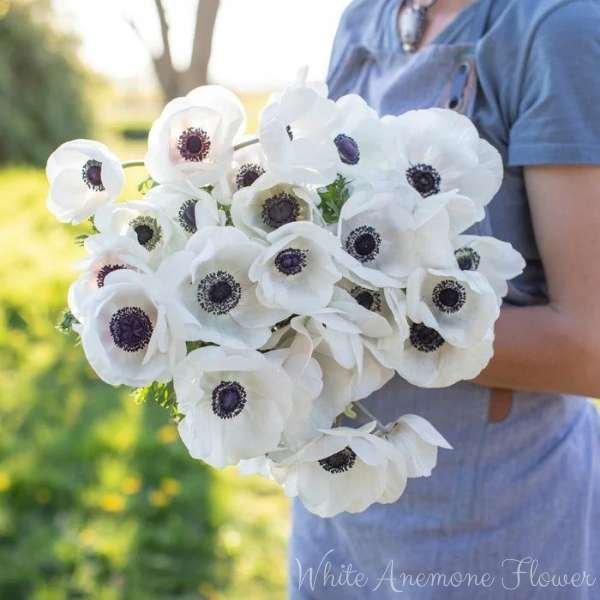
Gardening with White Anemone Flowers
Planting and Care Tips
White anemone flowers are a delightful addition to any garden. Here are some tips for growing them successfully:
- Soil Requirements: Anemones thrive in well-drained soil with a neutral to slightly acidic pH. Ensure the soil is rich in organic matter.
- Sunlight: These flowers prefer partial to full sunlight. In hotter climates, some afternoon shade can prevent wilting.
- Watering: Keep the soil consistently moist during the growing season, but avoid overwatering to prevent root rot.
- Spacing: Plant anemones about 6-12 inches apart to allow for adequate air circulation.
- Pruning: Remove spent flowers and dead leaves to encourage new growth and maintain the plant’s beauty.
Varieties of White Anemones
There are several varieties of white anemones, each with unique features:
- Anemone blanda: Also known as the Grecian windflower, this variety has daisy-like blooms and is perfect for rock gardens.
- Anemone coronaria: Known for its striking, poppy-like flowers, this variety is often used in floral arrangements.
- Anemone nemorosa: Commonly called wood anemone, it produces delicate, star-shaped flowers and thrives in woodland settings.
White Anemone Flowers in Floral Arrangements
Wedding Bouquets
The white anemone flower is popular for wedding bouquets, symbolizing pure and everlasting love. Its understated elegance complements a wide range of wedding themes, adding sophistication and grace to any bridal arrangement.
Funeral Arrangements
Due to its association with mourning and remembrance, the white anemone is often used in funeral arrangements. Its serene beauty provides comfort and solace, offering a respectful tribute to the departed. Paired with other flowers like lilies and roses, anemones create a heartfelt expression of sympathy and honor.
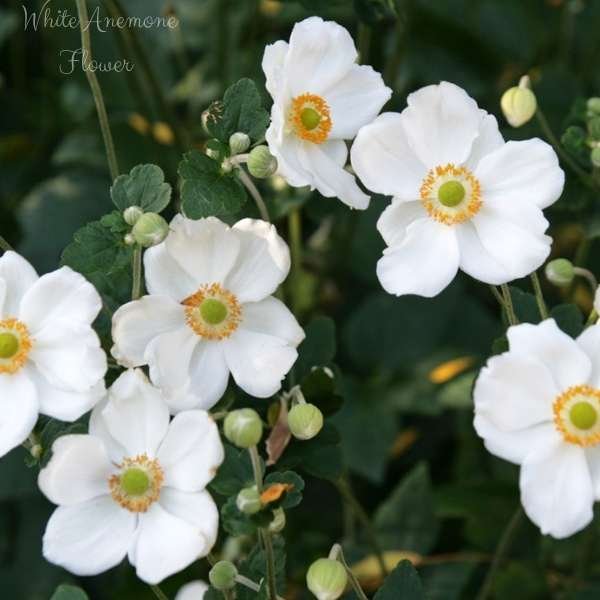
Conclusion
The white anemone flower is a versatile and meaningful blossom with rich historical and cultural significance. Its symbolic associations with love, protection, mourning, and purity make it a powerful flower for various occasions. Whether in a garden or a floral arrangement, the white anemone continues to captivate and inspire with its delicate beauty and profound meanings.


